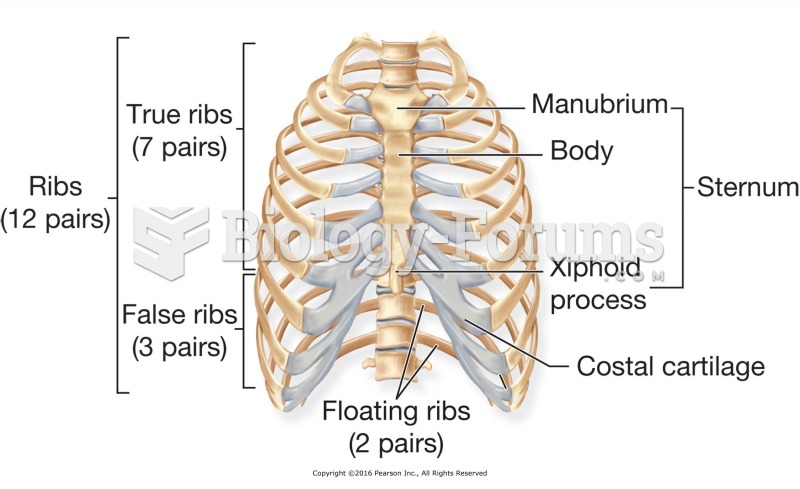Answer to Question 1
2
Rationale 1: This combination can cause increased sedation.
Rationale 2: Care must be taken to avoid alcohol and other CNS depressants when taking antihistamines, as their sedating effects can be additive.
Rationale 3: This combination can cause increased sedation.
Rationale 4: This combination can cause increased sedation.
Global Rationale: Care must be taken to avoid alcohol and other CNS depressants when taking antihistamines, as their sedating effects can be additive. This combination can cause increased sedation.
Answer to Question 2
4
Rationale 1:They have a slower onset is incorrect. The xanthines (theophylline, aminophylline) are chemically related to caffeine but have been replaced by safer, more effective drugs. Side effects such as nausea, vomiting, and CNS stimulation are relatively common; dysrhythmias might be observed at high doses; and there is a narrow margin of safety with theophylline because it reacts to a large number of other drugs.
Rationale 2:They are related to caffeine is incorrect because xanthines interact with a large number of drugs.
Rationale 3:They produce less effective bronchodilation is incorrect. The xanthines (theophylline, aminophylline) are chemically related to caffeine but have been replaced by safer, more effective drugs. Side effects such as nausea, vomiting, and CNS stimulation are relatively common; dysrhythmias might be observed at high doses; and there is a narrow margin of safety with theophylline because it reacts to a large number of other drugs.
Rationale 4: The xanthines (theophylline, aminophylline) are chemically related to caffeine but have been replaced by safer, more effective drugs. Side effects such as nausea, vomiting, and CNS stimulation are relatively common; dysrhythmias might be observed at high doses; and there is a narrow margin of safety with theophylline because it reacts to a large number of other drugs.
Global Rationale: The xanthines (theophylline, aminophylline) are chemically related to caffeine but have been replaced by safer, more effective drugs. Side effects such as nausea, vomiting, and CNS stimulation are relatively common; dysrhythmias might be observed at high doses; and there is a narrow margin of safety with theophylline because it reacts to a large number of other drugs.







